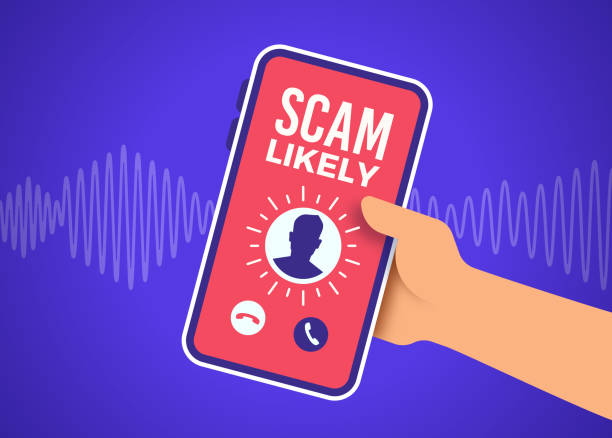
Are Telecommunications Stocks Toxic Lead or Calling with Upside
Michael Anthony Incorvaia
Telecommunications stocks have most recently been less than appealing performers at the moment. In particular if we take a look at what were the two juggernauts of the industry AT&T and Verizon. Both of these companies have been what we like to call clear underperformers or skinny Narwhals. For these two companies it also isn’t new that they are in a downturn, and with their most recent problem being that a ton of old lead wires pose a hazard to people. This information came to light when the Wall Street Journal released an investigation about the toxic lead cables that are laid around America.
This isn’t the main underlying problem because it has been a couple of years since investors have gotten an excited call from above to buy one of these telecommunications. As both stocks were some of the staples to stick in a portfolio and reel in the cash from those massive divides. And while those who were looking for the enticing yield that could make anyone go crazy over when not looking too closely at. But how much potential does AT&T/Verizon have, and are there Dividends even safe to touch with a ten-foot stick?
A couple of starting numbers to look at are that for Verizon YTD they are down around 17%, and for the 3 years mark they are down over 40%. Then for AT&T they are down 18%, and over the past 3 years they are down around 30%. These numbers help put some perspective on how the big two telecommunications have not had it easy for multiple years now and begs the question if they can turn it around and are aspects like their dividend safe.

As for Verizon, if we take a deeper dive into both the potential upside and the dividend safety that it possesses you are forced to ask two main questions. Is Verizon able to recover from the recent hits (with the lead lines problem, and the decline in the stock) and gain its past market share back into dominance in the market? And is it able to recover without having to cut its dividend in order to optimize expenses? For Verizon they are able to hold out and maintain their dividend based on the fact that their stock is largely surrounded by the fact people buy it based on its dividend. While restructuring their company so that they can entice investors for future success. This can be from showing investors that they are willing to innovate and fix past problems. While also making a clear decision on aspects of how they will spend their money whether it is investments, buybacks, or dividends. I find that Verizon offers a current certain level of security and higher potential based on their recent earnings and from the fact that they are less responsible for the current toxic lines case according to the Wall Street Journal.
In AT&T’s case they fall into a more unique and potentially riskier section than Verizon. As with their massive dividend things have not been right for the company currently, and their lack of successful earnings is also weighing down heavily on the company. AT&T currently has a PE ratio of a startup tech company that enjoys burning money in their free time with it being -12.0. With numbers like this it shows that they are burning holes in their balance sheet with their 2023(TTM) EPS being -$4.02 billion. AT&T is currently in a pickle with learning how to manage their money, fixing old toxic lines, and figuring out how to turn this company around. So… what’s the consensus? AT&T is most definitely a risky play that isn’t necessarily for the faint of heart, especially considering the fact it’s not often smart to buy a company that is heading down hill and have not decided whether or not they want to come back up to the top of telecommunications companies.
This article leaves me seeing both Verizon and AT&T as former cornerstone companies that you could place in your IRA and see the dividends build. But right now, both companies have both been acting like phone calls in the wilderness (you can’t hear anything). Which is why we find that Verizon does have some more potential to make a turn around and come back to the land of the stable blue chip, while the AT&T turnaround is going to take something more than a couple of phone calls.


Average Rating